
Uncovering the captivating secrets of nature’s timeless beauty: Discover the mesmerizing world of Spotted Deer like never before!
Welcome to the mesmerizing world of spotted deer! Today, we embark on an adventure to discover the captivating characteristics of these graceful creatures and gain a deeper understanding of their existence. Join us as we unveil ten fascinating facts that will leave you in awe of the marvelous spotted deer.
What Are Spotted Deer?
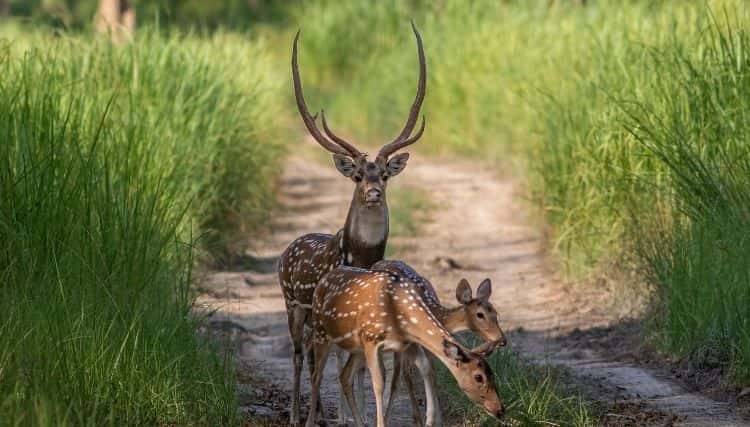
When we think of spotted deer, we imagine a stunning animal adorned with beautiful white dots on its fur. Spotted deer, also known as chital, or axis deer, are a remarkable species found in various regions across the globe.
Spotted Deer Species and Scientific Name
Several species of spotted deer exist worldwide, with the Axis axis being the most commonly known species. Its scientific name is derived from the Latin word “axis,” meaning “axle” or “pivot.”
Habitat and Geographic Distribution
Spotted deer prefer a diverse range of habitats, including forests, grasslands, and woodlands. They can be found in numerous regions, including India, Nepal, and Sri Lanka, as well as select areas in Southeast Asia.
Physical Characteristics
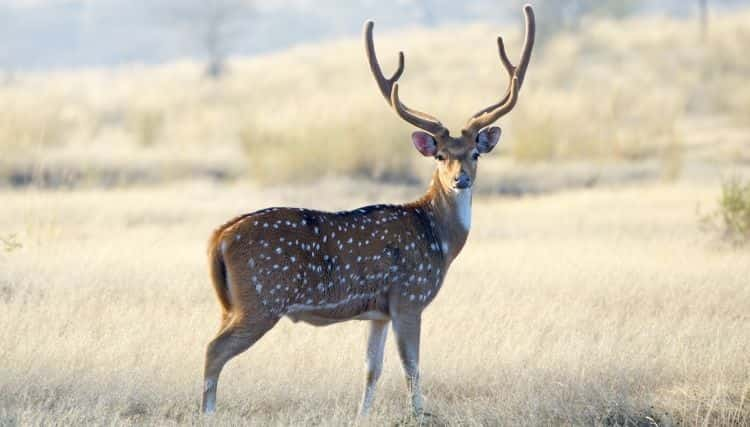
Spotted deer possess distinct physical attributes that make them immediately recognizable. They typically measure around 3 to 3.5 feet in height at the shoulder and can weigh between 130-180 pounds. Their most enchanting feature, the white spots on their reddish-brown fur, allows them to seamlessly blend into their surroundings, acting as natural camouflage.
Spotted Deer Facts and Behavior
Did you know that spotted deer are highly social animals? They often gather in herds consisting of females, their young, and a dominant male. Within these herds, they communicate through a series of vocalizations, such as barks, grunts, and alarm calls. When it comes to their diet, spotted deer are herbivores, primarily feeding on grasses, leaves, fruits, and flowers.
Relationship with Other Animals
Interestingly, spotted deer share a symbiotic relationship with certain bird species. Birds such as oxpeckers and mynas can often be seen perched on the deer’s back, feeding on ticks and other parasites. In return, the deer benefit from the birds’ assistance in removing bothersome insects.
Communication and Calls

While spotted deer have various forms of communication, their vocalizations play a crucial role in expressing different emotions or relaying messages. Their calls range from soft grunts to loud barks, alerting the herd about potential threats or announcing their presence. In addition to vocal cues, they also communicate through non-vocal means, such as tail flagging, a behavior used to display excitement or alarm.
Conservation Status and Threats
Unfortunately, the conservation status of spotted deer raises concerns due to habitat loss caused by deforestation and human encroachment. Additionally, they face threats from poaching and hunting. However, various conservation efforts and national parks have been established to protect these magnificent creatures and ensure their survival for future generations.
Conclusion
The world of spotted deer is captivating and brimming with remarkable wonders. From their elegant physical features and herbivorous diet to their symbiotic relationships with other animals, these creatures truly stand out in the animal kingdom. We hope this journey has left you with a newfound appreciation for the mesmerizing beauty of spotted deer and a desire to protect and conserve their habitats for generations to come.
Discover the Enchanting World of Spotted Deer Today!

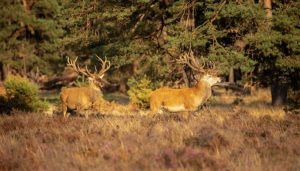
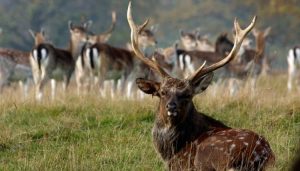
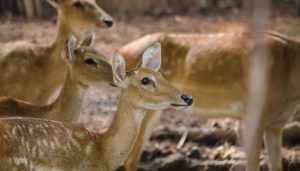
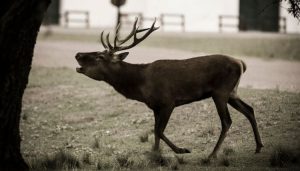
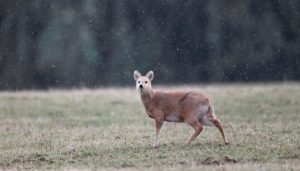
Leave a Reply